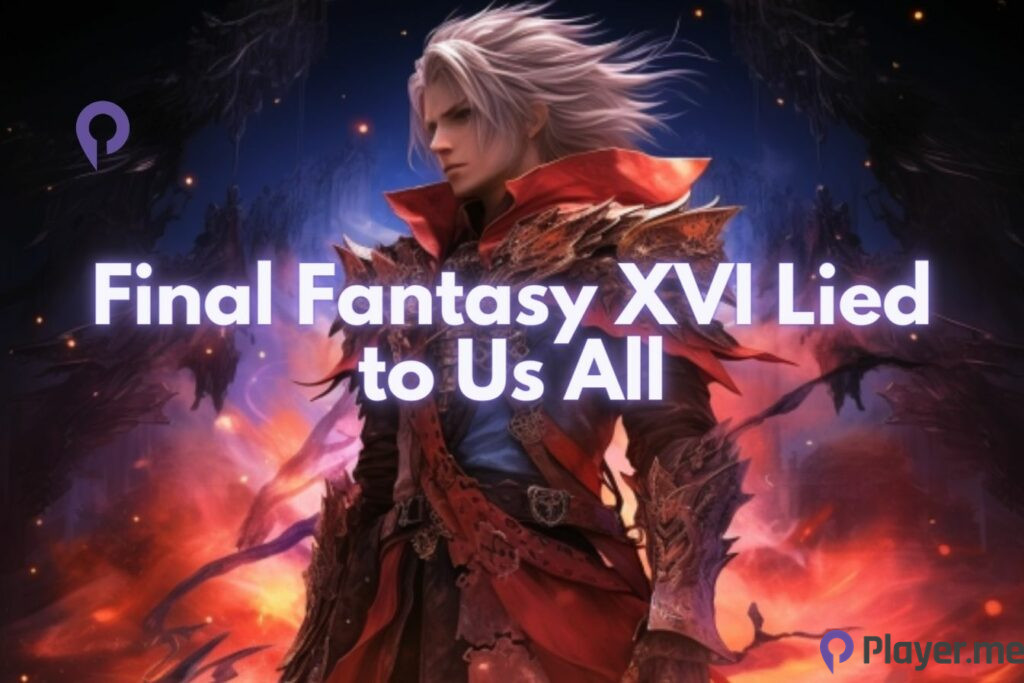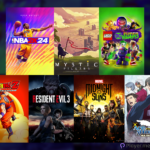
Despite the grand vision presented by the developers, Final Fantasy XVI failed to deliver on its commitment to fully explore protagonist Clive Rosfield’s journey across three distinct time periods. Let’s examine the truth behind Final Fantasy XVI’s misleading claims and explore how it impacted players’ expectations.
Related: Final Fantasy XVI Characters – Everyone in Valisthea
Final Fantasy XVI Lied About Its Time Skips
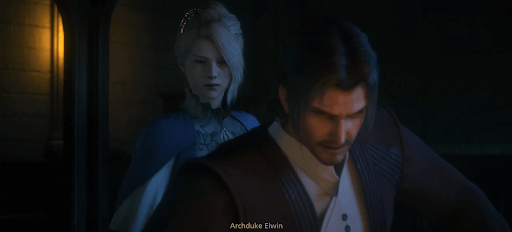
One of the key selling points of Final Fantasy XVI was its portrayal of Clive Rosfield’s life across three eras. The game developers marketed a sweeping narrative that would chronicle Clive’s growth from a 15-year-old adolescent to a mature hero in his 30s. However, the execution of this promise left much to be desired. While Clive does experience these different stages of life, the distribution of gameplay time among the time periods is severely imbalanced.
In reality, Final Fantasy XVI primarily focuses on Clive’s life as a 33-year-old man, dedicating only a few brief flashbacks to his younger years. Although these flashbacks serve to establish the foundations of Clive’s character and the world he inhabits, they fail to deliver the immersive storytelling experience players were led to believe they would receive. The fleeting glimpses into Clive’s past overshadow the opportunity for players to witness his growth and development in real time.
Young Clive Only Appears in Final Fantasy XVI’s Intro
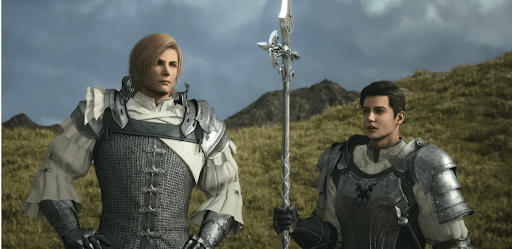
Despite the promises of a comprehensive exploration of Clive’s life, Final Fantasy XVI’s treatment of his teenage years is disappointingly brief. The game introduces players to Clive’s formative years as the eldest son of the Archduke of Rosaria. Initially set to inherit the power of the Eikon Phoenix, Clive’s destiny takes an unexpected turn when his younger brother, Joshua, unexpectedly inherits the coveted role.
Although this introductory chapter establishes Clive and Joshua’s relationship, it swiftly concludes with a tragic separation, forcing Clive to forge his own path. The brevity of this segment not only fails to do justice to the promised coverage of Clive’s adolescence but also robs players of the opportunity to witness the intricate dynamics between the brothers unfold over a more substantial period.
Also Read: How Garuda Has Evolved From Final Fantasy III to Final Fantasy XVI
Clive’s Twenties Are Over Before the Player Knows It
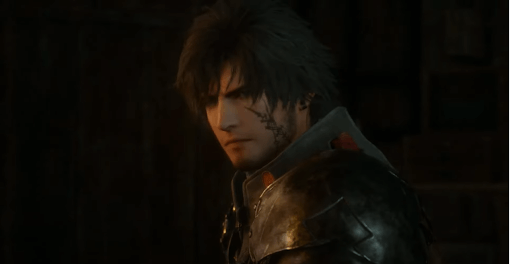
Following the initial glimpse into Clive’s teenage years, Final Fantasy XVI abruptly catapults players 13 years into the future when Clive is 28 years old. During this phase of the game, Clive finds himself entangled in the Sanbrequois military, embarking on a path that quickly diverges from the expectations set for him. The introduction of new characters and the exploration of Clive’s expanding powers form the basis of this sequence.
While players gain insight into Clive’s growth and the mechanics of the game during his twenties, this stage is characterised by its brevity. Players are provided with a taste of Final Fantasy XVI’s gameplay mechanics, combat system, and world navigation, but the experience is fleeting. Just as players begin to find their stride within the game, Clive’s twenties come to an abrupt end, leaving players craving a more substantial and fulfilling exploration of this period of his life.
Final Fantasy XVI’s Time Skips Are the Perfect Introduction
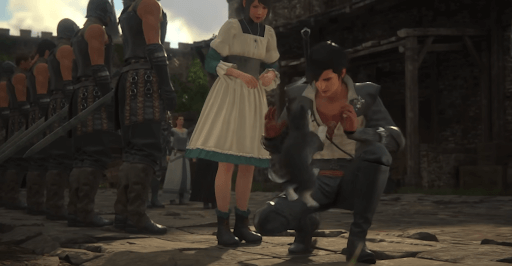
Despite the disappointment surrounding the limited coverage of Clive’s younger years and his twenties, Final Fantasy XVI’s utilisation of time skips does serve a purpose. By swiftly progressing through Clive’s formative years, Final Fantasy XVI manages to avoid overwhelming players with excessive exposition, a common criticism levelled at earlier instalments in the Final Fantasy series.
These encapsulated flashbacks allow players to gradually uncover the intricate details of Final Fantasy XVI’s world and characters without inundating them with a significant amount of information. Additionally, Clive’s rushed transition from his teens to his twenties mirrors the real-life experience of many individuals. The fleeting nature of these early years serves as a reflection of the eagerness to embark on adult life, only to discover that true self-realisation and purpose take time to unfold. It is during Clive’s late twenties that he begins to grasp his true calling, propelling him into a lifelong endeavour that extends into his thirties.
Also Read: 5 Best Skills in Final Fantasy XVI
Conclusion
While Final Fantasy XVI captivated players with its enthralling combat, dark storyline, and immersive world, it undeniably fell short in delivering on its promises of fully exploring Clive Rosfield’s journey across three distinct time periods. The imbalanced distribution of gameplay time and the brevity of Clive’s younger years and twenties left players yearning for a more substantial and immersive experience. However, despite these shortcomings, Final Fantasy XVI still manages to captivate players with its engaging gameplay and compelling narrative, reminding us that even when promises fall short, there can still be moments of brilliance within a game.
Frequently Asked Questions
Does the Rushed Portrayal of Clive’s Younger Years and Twenties Impact the Overall Storytelling Experience?
The abbreviated treatment of Clive’s earlier years does impact the storytelling experience to some extent. Players may feel a sense of missed opportunities and yearn for a deeper exploration of Clive’s character development during these crucial phases. The brevity of these periods can leave players desiring more context and emotional investment in Clive’s journey.
Despite the Disappointment with the Time Skips, Are There Redeeming Qualities to Final Fantasy XVI’s Narrative?
Final Fantasy XVI still manages to captivate players with its engaging narrative, even though the coverage of Clive’s life falls short in certain areas. The game excels in its combat mechanics, dark storyline, and immersive world-building. While players may have wished for a more comprehensive portrayal of Clive’s life, the game still delivers moments of brilliance and an overall compelling experience for fans of the franchise.
Are There Any Benefits to Final Fantasy XVI’s Use of Time Skips?
Despite the criticism surrounding the time skips in Final Fantasy XVI, there are some advantages to this narrative approach. The encapsulated flashbacks gradually introduce the game’s world and characters, preventing information overload. By swiftly progressing through Clive’s earlier years, players can focus on present-day events and gradually unravel the intricacies of the story, creating a sense of intrigue and discovery.
Author Profile
Latest entries
 GAMING2024.06.12Top 4 Female Tekken 8 Fighters to Obliterate Your Opponents in Style!
GAMING2024.06.12Top 4 Female Tekken 8 Fighters to Obliterate Your Opponents in Style! NEWS2024.03.18Elon Musk’s SpaceX Ventures into National Security to Empower Spy Satellite Network for U.S.
NEWS2024.03.18Elon Musk’s SpaceX Ventures into National Security to Empower Spy Satellite Network for U.S. GAMING2024.03.17PS Plus: 7 New Games for March and Beyond
GAMING2024.03.17PS Plus: 7 New Games for March and Beyond GAMING2024.03.17Last Epoch Necromancer Builds: All You Need To Know About It
GAMING2024.03.17Last Epoch Necromancer Builds: All You Need To Know About It

